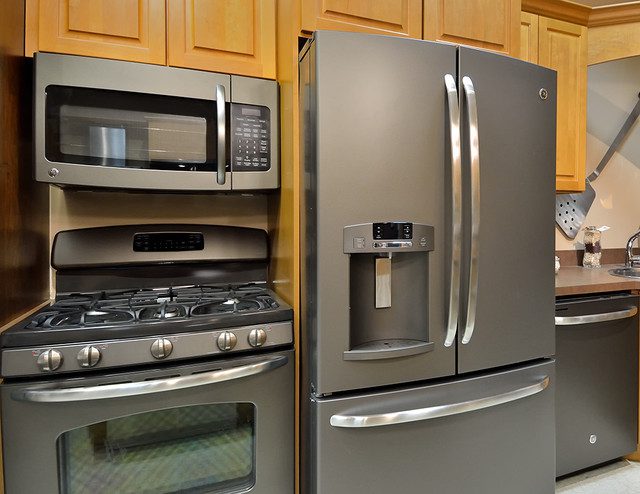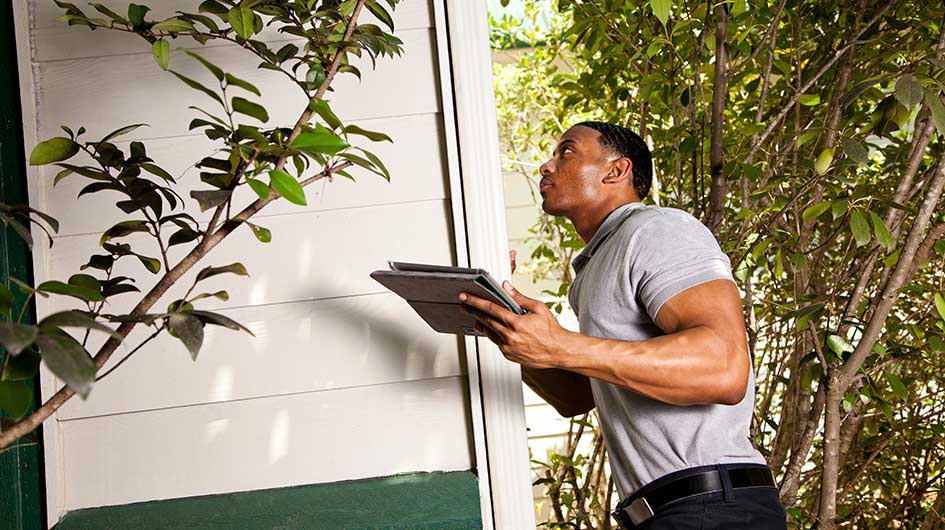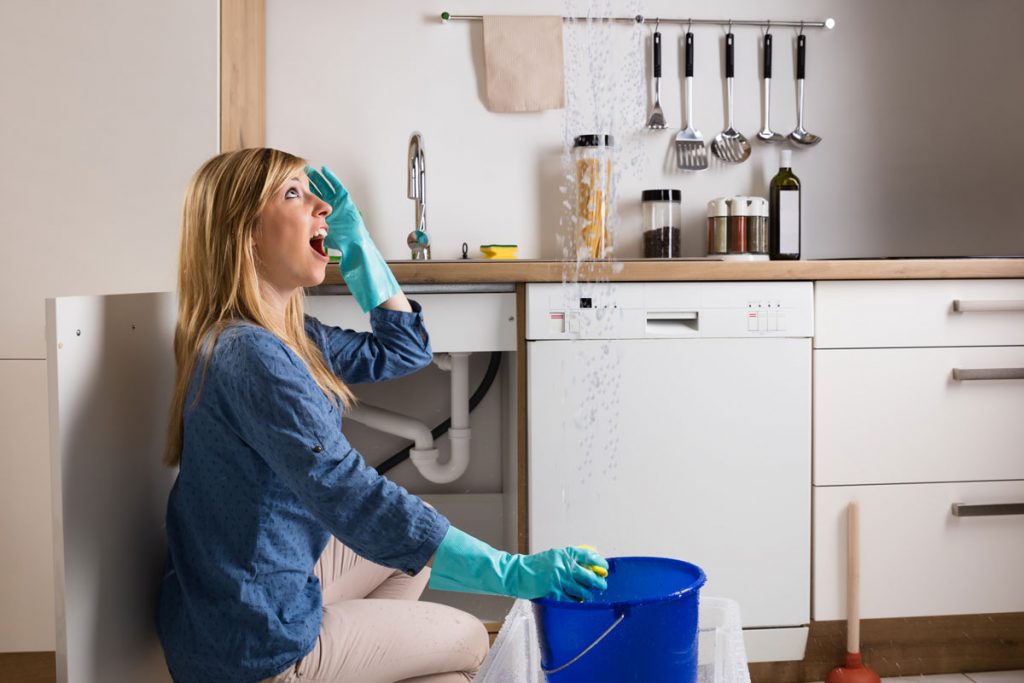Learn what to expect from an inspection and tips to make sure your inspector doesn’t overlook defects.
Keeping your home clean and free of clutter will ensure the inspector can easily access all rooms. While inspectors provide a vital service, both buyers and sellers should understand their limitations. An inspector isn’t going to recommend how a house can be improved.
1. Ensure Lights Are Working And Switches Are Covered.
Nonworking lights are a common problem he encounters when performing inspections. A general home inspection will include a visual review of the electrical system. The cover to the electrical panel will be removed and wiring inspected to determine if the workmanship meets industry and state standards.
2. Perform Routine Maintenance Tasks.
Replace the filters on furnaces and air conditioning units and make sure smoke alarms and carbon monoxide detectors are in working order. Also keep in mind inspectors may check the condition of build-in appliances and will likely note any obvious maintenance defects in their report.
3. Ensure Appliances And Fireplaces Can Be Tested.
Inspectors want to test appliances but can’t always do that if washers and dryers are full of clothes. They’ll also want to see that a gas fireplace is in working order, but that means the pilot has to be lit. If an inspector can’t test an appliance or fireplace, he may note that a seller should demonstrate it to the buyer before a sale.
4. Walk Around The Exterior.
Buyers should review the exterior of their house and look for peeling paint, loose siding and hanging gutters. They need to look at their house like they are going to buy it again. An inspector and buyer will be wary of standing pools of water or a crumbling foundation.
5. Be Upfront About Home Issues.
Should your review turn up a problem that can’t be easily fixed, notify a prospective buyer. You don’t want a potential buyer to feel you’re not honest or are trying to conceal known flaws. While it’s always nice to be able to correct problems before an inspection, that’s not always possible.





